Table of Contents
Updated December 2025
In the heart of Page, Arizona, lies a paradise for anglers and nature enthusiasts alike–the stunning Lake Powell. This is our next destination on our Grand Circle Tour. Tomorrow, we’re all set for an exciting bass fishing expedition on Lake Powell. Embracing much of Lake Powell’s expanse, the Glen Canyon National Recreation Area stands as the ultimate hub for an array of recreational pursuits. Our anticipation is mounting, for Lake Powell bass fishing in Page, Arizona, has long held a coveted spot on our must-do list. Whenever the opportunity arises during our cross-country adventures, we indulge our penchant for fishing.
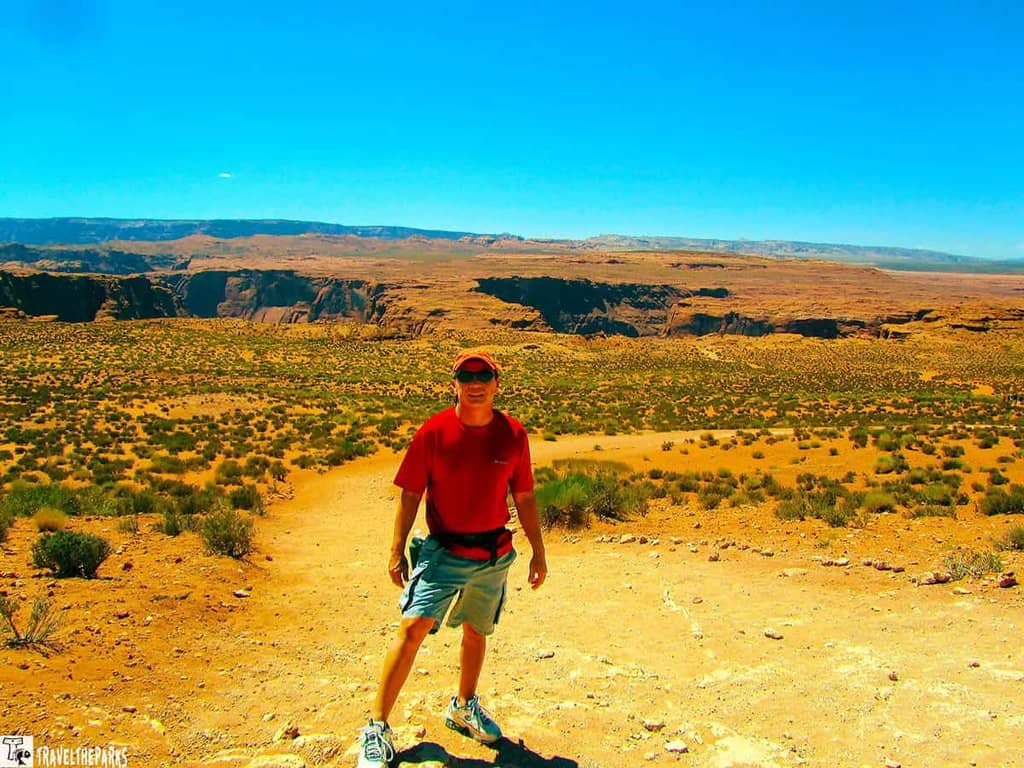
This post may contain affiliate links, meaning if you purchase something through one of these links, we may earn a small commission at no extra cost to you! Read the full disclosure policy here.
Navigating the Journey: Getting to Lake Powell
Because of a road collapse, we have to detour from the North Rim of Grand Canyon National Park by heading back to Kanab; using US-89 north to Lake Powell, Page Arizona. We backtracked through Kanab, taking US-89-East to Page. The drive time from the North Rim to Lake Powell using this route takes approximately 4 hours. Continuing on US-89 will take you directly into the town of Page.
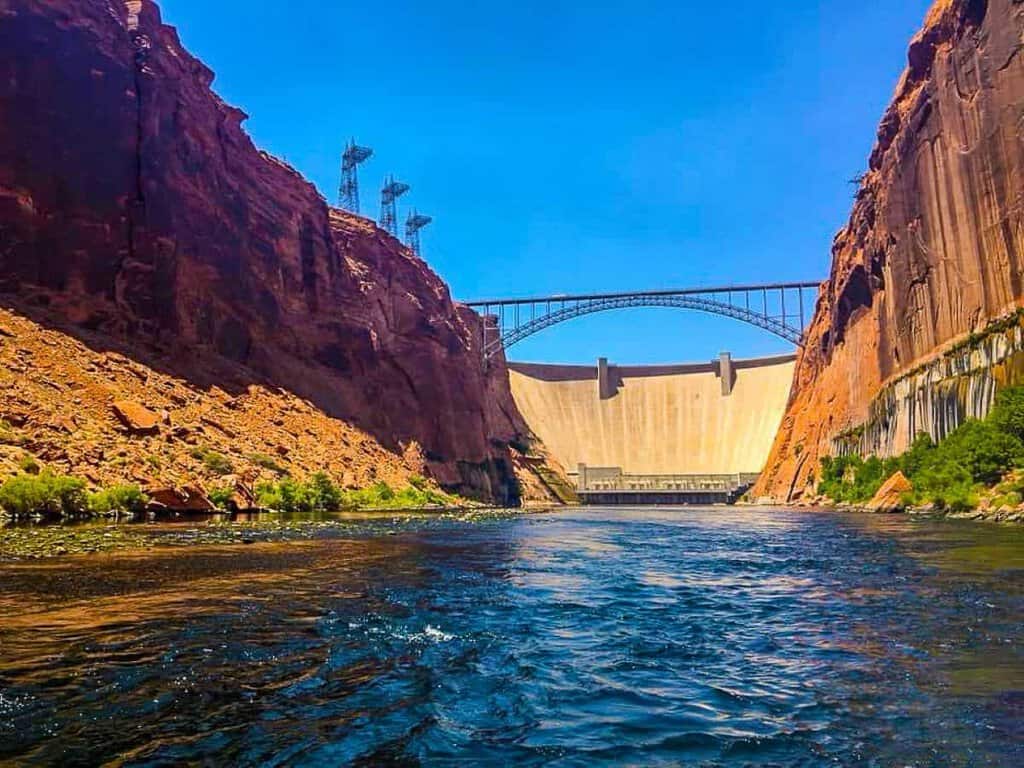
Route: North Rim of Grand Canyon to Lake Powell (Page, Arizona)
- From the North Rim: Leave the North Rim of the Grand Canyon and head south on AZ-67.
- Jacob Lake: You’ll pass through the small community of Jacob Lake, where you can stop for a break or a bite to eat.
- US-89: Continue south on AZ-67 until you reach US-89. Turn left (east) onto US-89.
- Cameron, Arizona: You’ll drive through the Cameron Trading Post area. This is another potential stop for shopping and exploring Native American art and crafts.
- Page, Arizona: Continue on US-89 until you reach the town of Page, which is near Lake Powell.
- Lake Powell: follow signs to Lake Powell. You’ll find various access points, marinas, and recreational areas along the lake’s shoreline.
The driving distance from the North Rim of the Grand Canyon to Page, Arizona, is approximately 150-160 miles. The drive generally takes around 3.5 to 4.5 hours, depending on road conditions, speed, and stops.
NOTE: Be sure and adjust your time if you are just entering Arizona as they are on Mountain Standard Time.
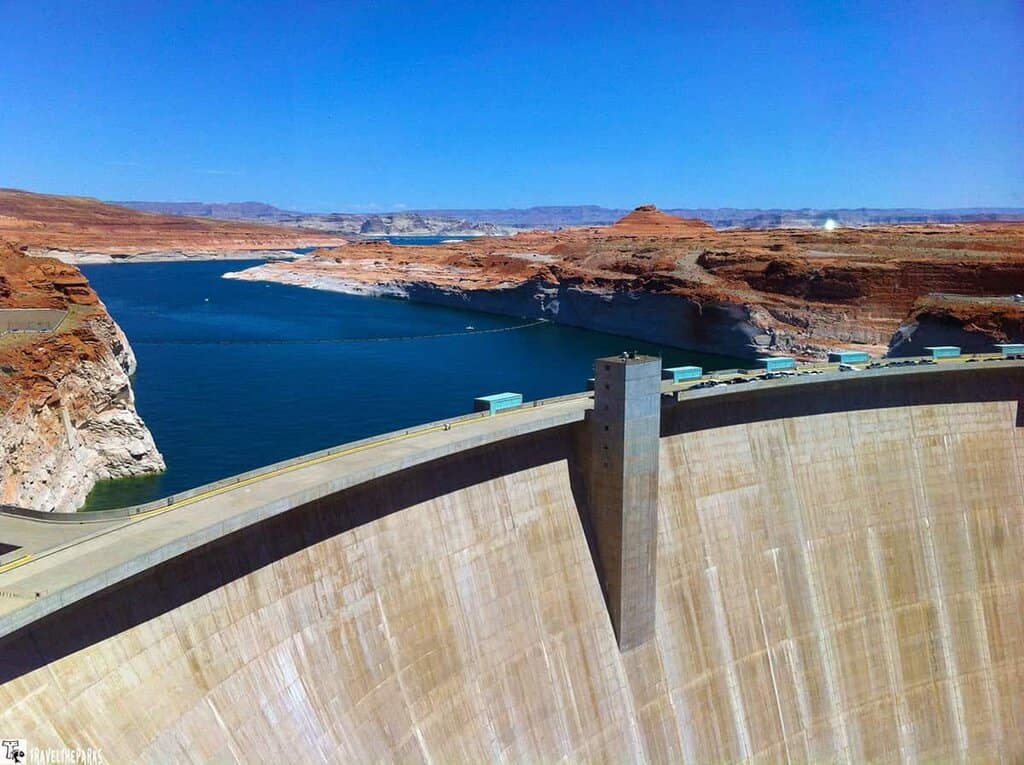
Page, Arizona, Gateway to Adventure – Exploring the Town on the Edge of Lake Powell
Comfortable beds are available.It is a small town on the southern shores of magnificent Lake Powell. Page sits atop a mesa overlooking the lake at the center of the world-renowned Grand Circle. We stayed one night at the Super 8 Motel. Our check-in went well. The beds are comfortable; the bathroom is also spacious, and everything is clean. The room was an end unit near the stairway with some noise. Our room had a mini-fridge. The AC worked well; the shower was clean, with lots of hot water. Internet was slow.
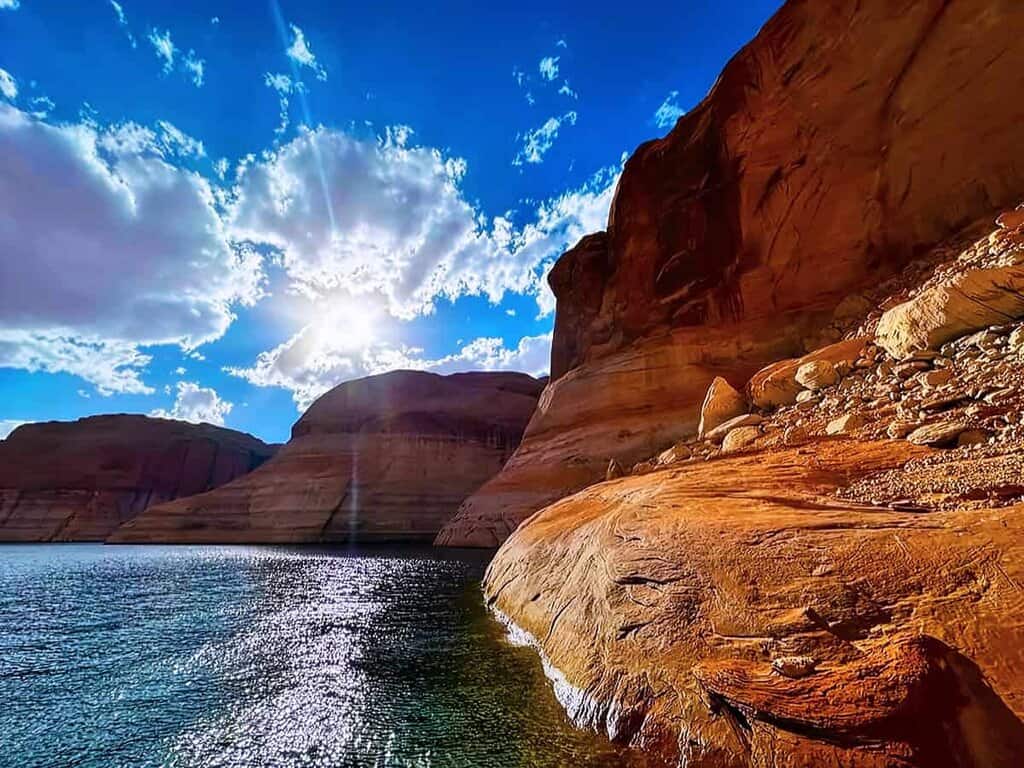
We didn’t use the hotel for much more than a place to sleep since we had to be at the boat ramp for our guided fishing at 5 am, so no, we did not partake of the free breakfast. We planned to meet our fishing guide-Tom Pryor, at Stix Bait & Tackle (closed). Introducing ourselves to Tom, we got directions for the morning fishing outing and purchased our fishing licenses. Fishing in Lake Powell requires only a Utah fishing license. We had a quick dinner tonight at a local restaurant that Tom recommended; however; it is now closed. Page has a wide variety of restaurants to choose from to satisfy everyone’s hunger.
Lake Powell Bass Fishing with Best of the West Guide Service
We chose Best of the West Fishing Guide service for a day of guided bass fishing on Lake Powell—and we were not disappointed. Our guide, Tom Pryor, was exceptional. He is a Coast Guard–licensed captain with 30 years of experience on Lake Powell and even fished professionally in the Bassmaster™ tournaments. We met Tom at 5 a.m. at the Stateline Launch Ramp, just as the sun was rising. The boat ramp itself was a surprising sight, featuring a 150-foot elevation drop and a steep 0.25-mile walk to the water, a result of the lake’s huge fluctuations in water level.
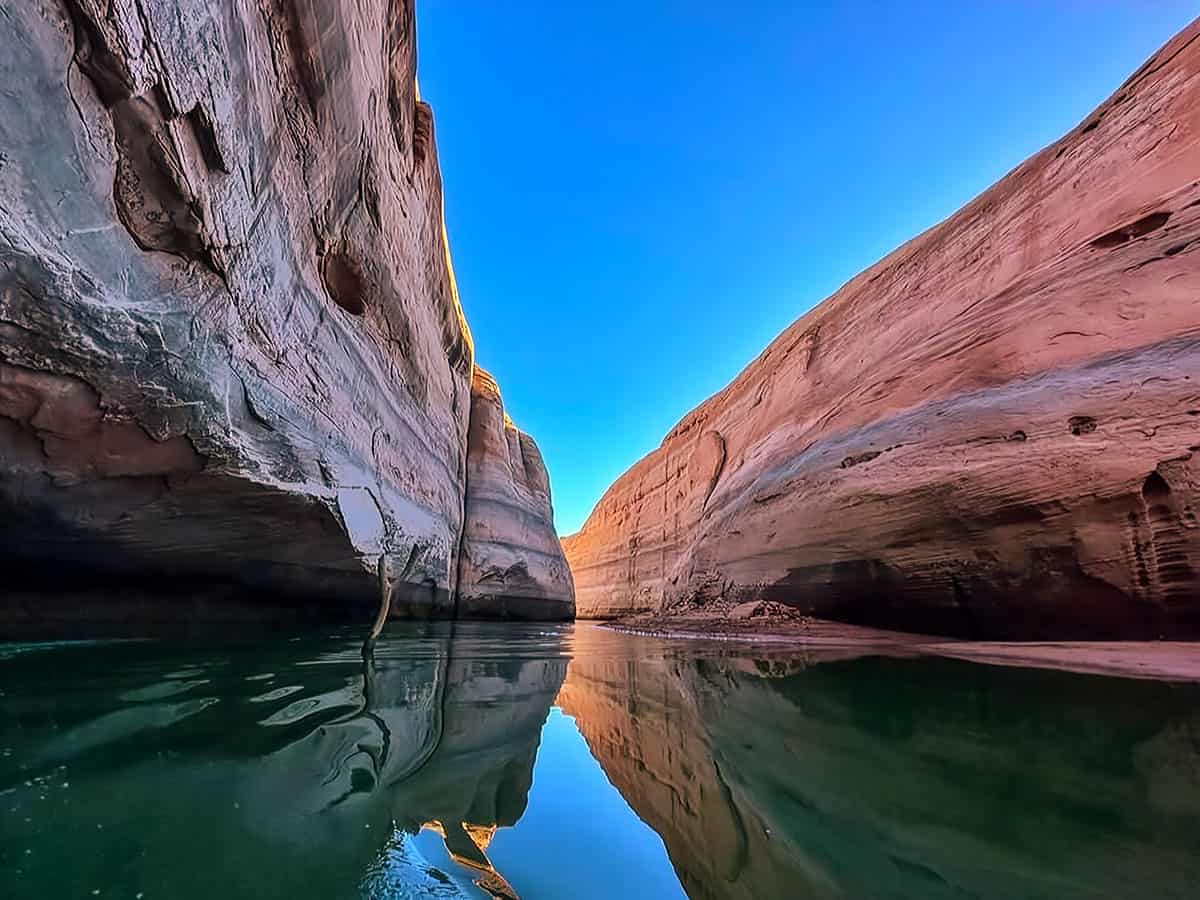
The total capacity of Lake Powell is 27 million acre-feet, and the active capacity is 20,876,000 acre-feet. At normal water surface elevation, the reservoir has a length of 186 miles and a surface area of 161,390 acres. However, the water was down by approximately 150 feet, as shown by the white sandstone watermarks (normal water level).
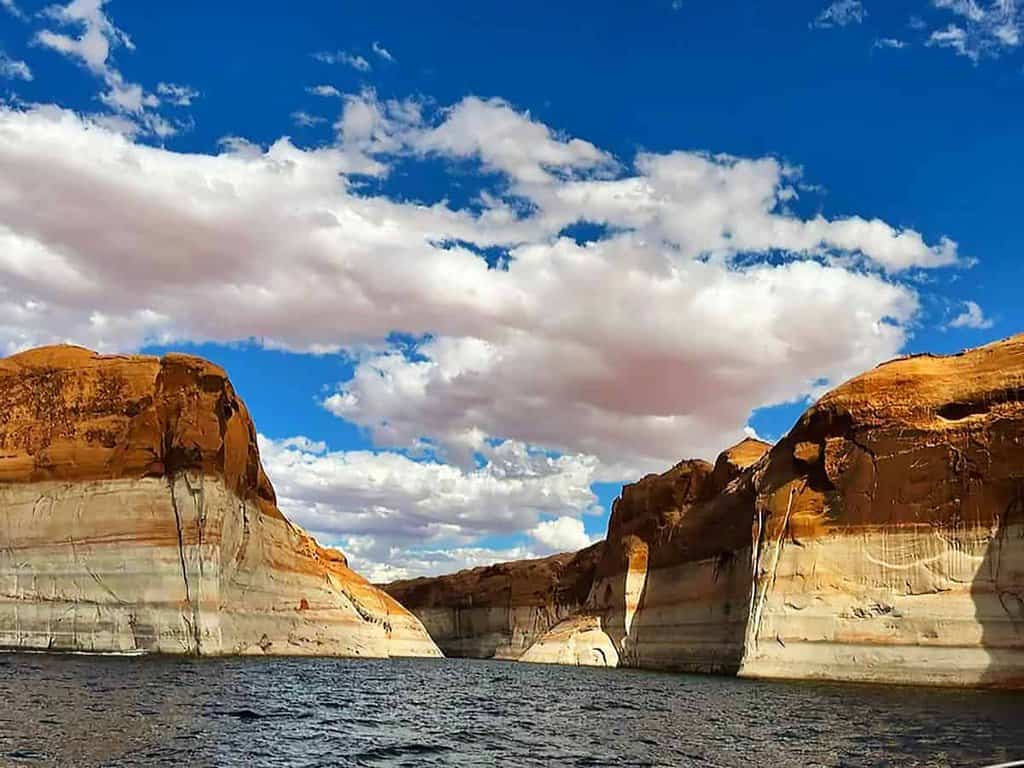
We left the marina just as the sun was rising. Flat calm on Lake Powell, no wind, not even a ripple. Most of the 45-minute ride to Warm Creek is slow because of the low water levels and the many no-wake zones. We pass the Antelope Marine, where Tom tells us his company rents houseboats that can accommodate enormous groups for weeks on end. The houseboats are popular on the lake and come with every luxury you can imagine, including waterslides and grills. The lake is peaceful this early in the morning, with very little boat traffic.
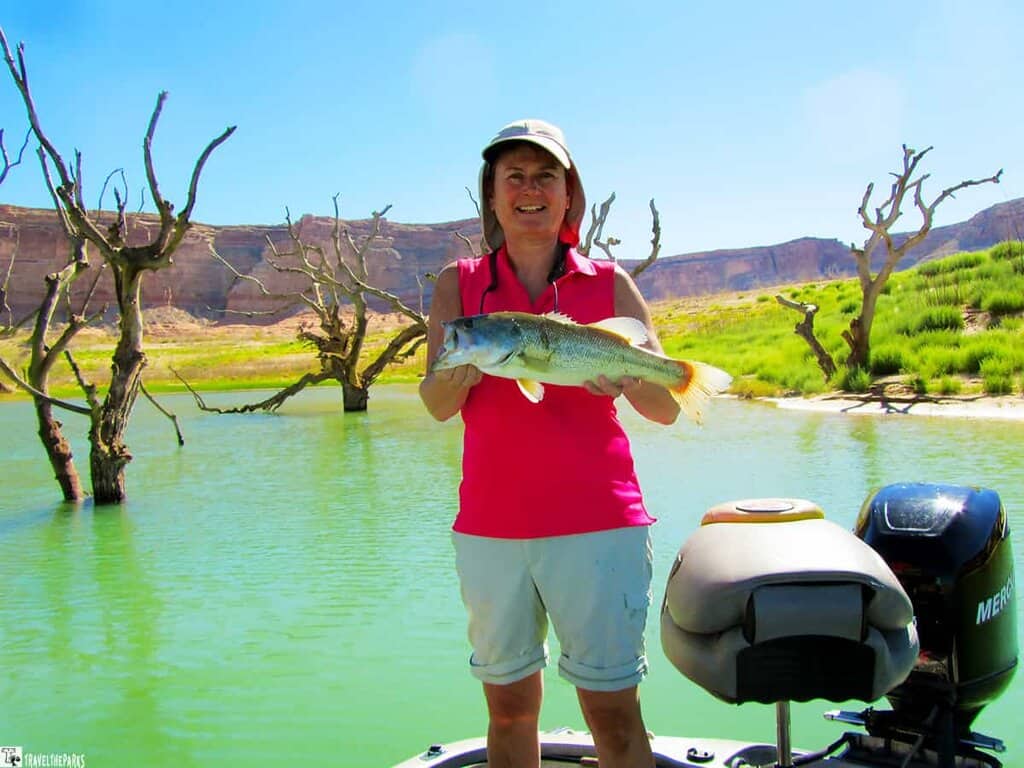
Casting Dreams: Super Bass Fishing Adventures on the Beautiful Shores of Lake Powell
We started our bass fishing adventure in the Warm Creek area using poppers and swim-baits. Interestingly enough, the fish here will boil on the surface-rippling across in small schools. The water is very clear. You can see 20-feet below the lake surface. The composition is mostly rock boulders, but the fish will use tumbleweeds for cover and also the few submerged trees and bushes.
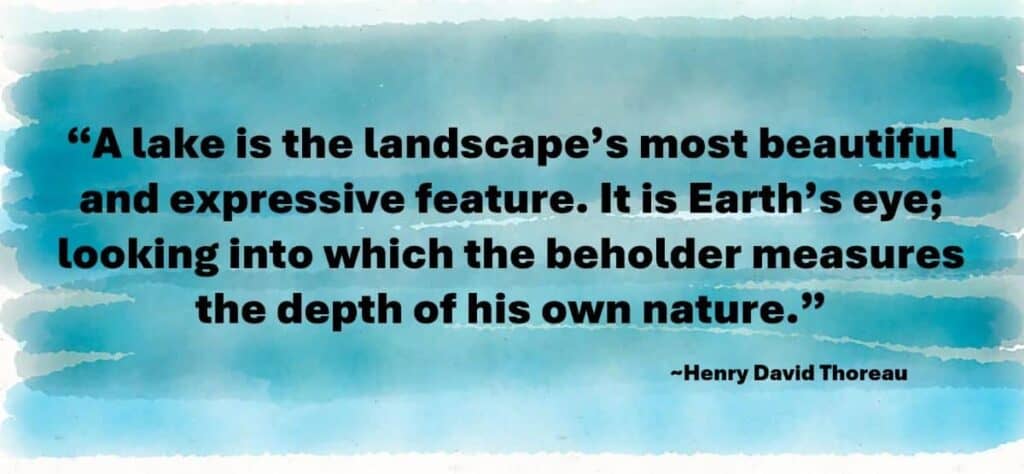
Today, the water is down 102 feet because of the drought over the last 3 yrs. We caught mostly smallmouth bass, largemouth bass, and striped bass. Anglers are urged to catch as many striped bass as possible, due to their abundance. I also caught a large catfish.
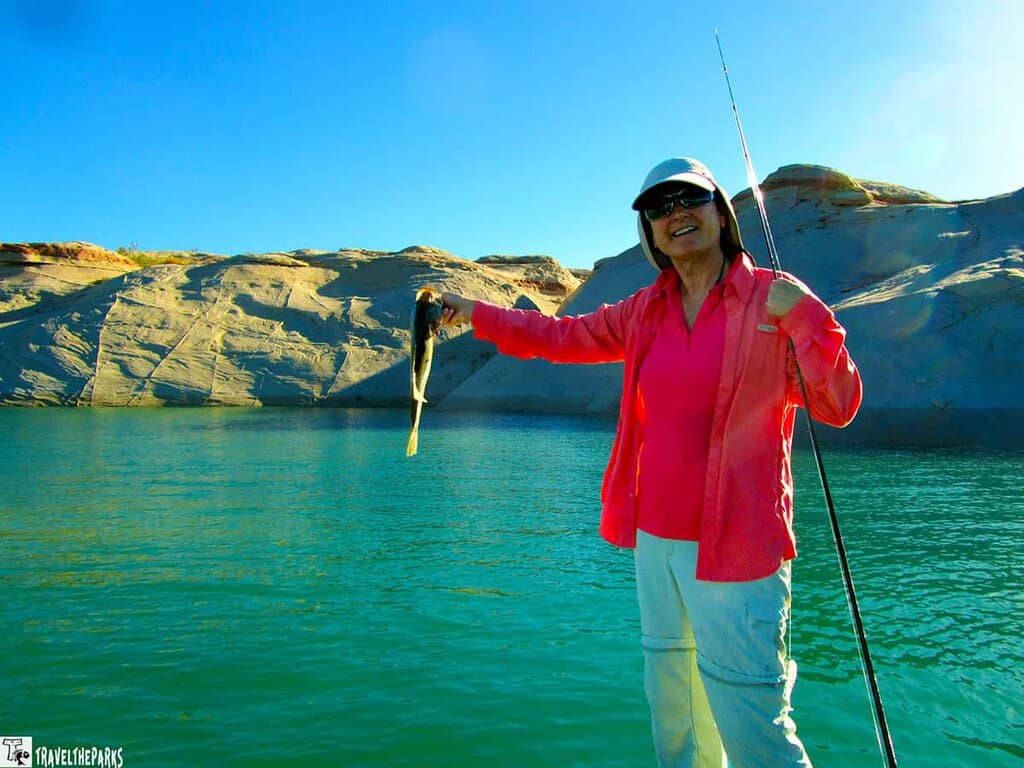
Later, we saw search and rescue looking for casualties of a boating accident that had happened the previous morning. Tom explained that boaters who rent don’t always know where the shoals lie and, unfortunately, many can parish. Later, we discovered that this was what happened to the missing family. A reminder to be careful when running a boat on an unfamiliar body of water.
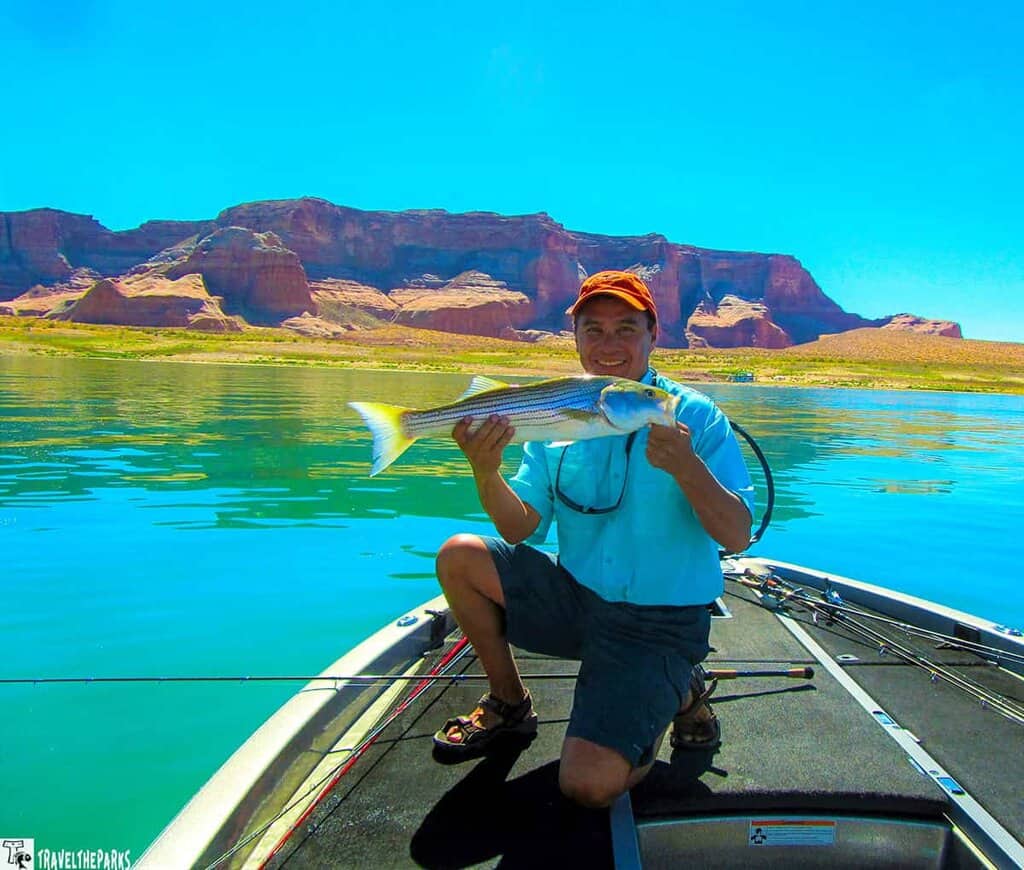
Lake Powell Bass Fishing and the Enchanting Antelope Canyon Adventure in Page, Arizona
Tom provided a small lunch provided by his wife and lots of water to drink. On the return trip, the water in the canyon was really rough. The wakes of the many boats echo off canyon walls. Much like a bathtub.
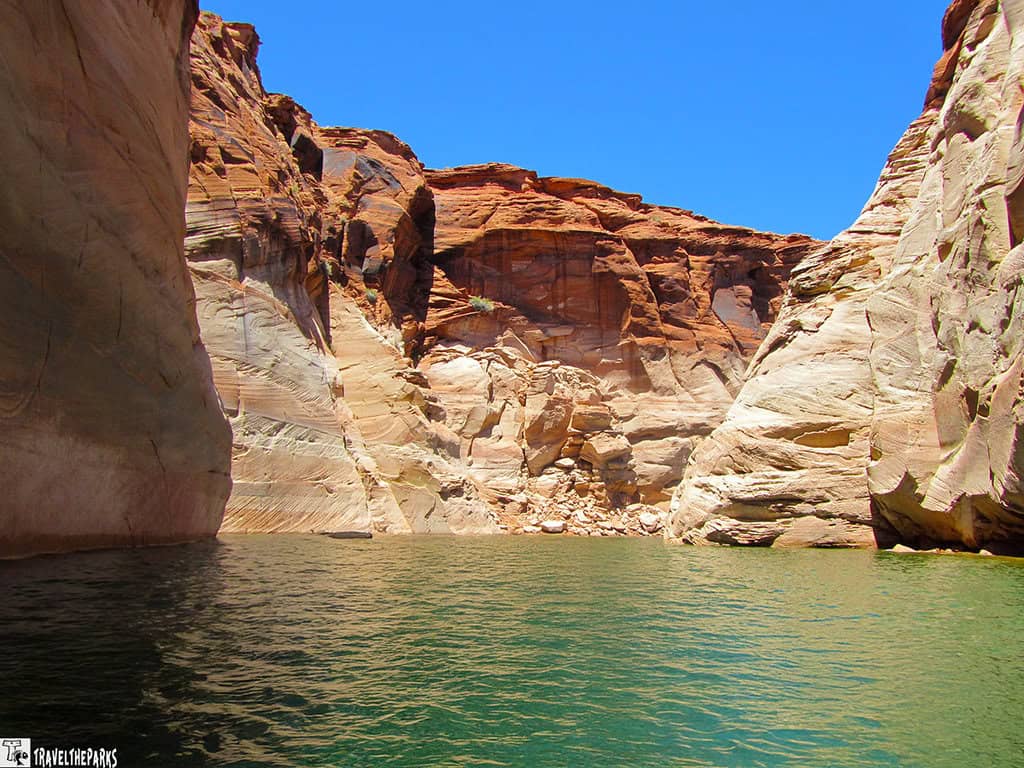
Even though we were late, Tom still took us running up Antelope Canyon. The ride was spectacular; the walls were vertical on either side and closing in the further up the canyon we went. Tom kept the Ranger boat on plane as we ran up the canyon. Luckily, we never saw another boat.
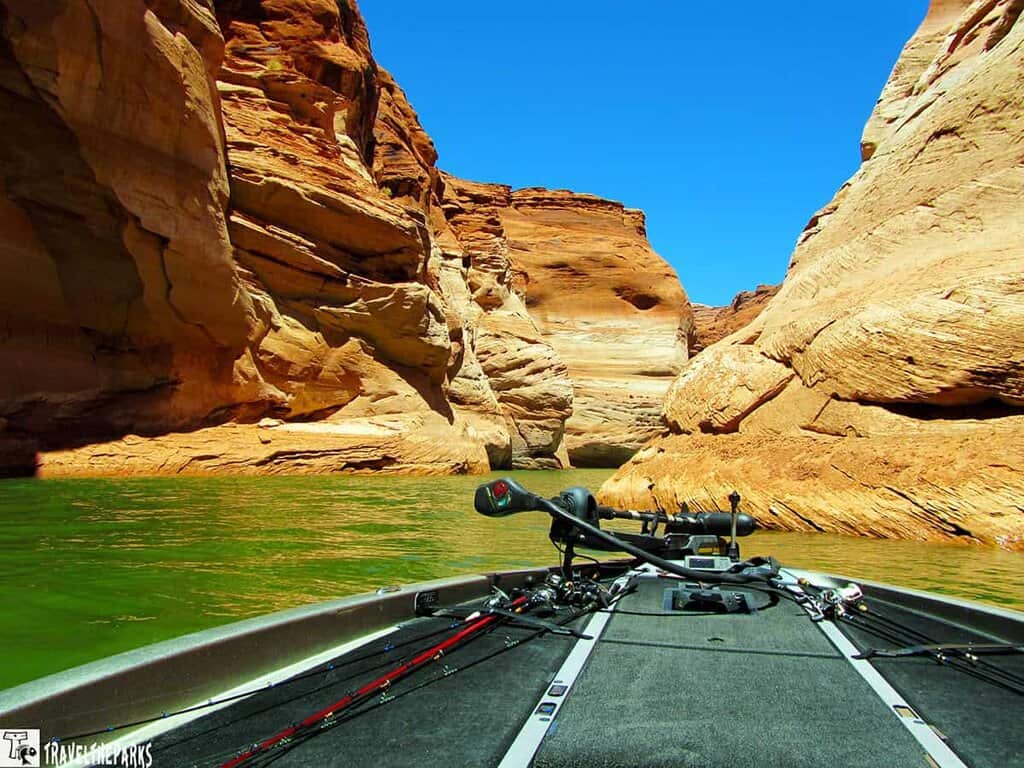
This was a standout moment on our trip. The water smoothed out as we progressed through the main lake channel, with reduced chop. Tom did not return immediately to the marina. Instead, he took us up a smaller canyon near the marina, where we had a few more smallmouths before ending our day. I highly recommend Best of the West Guide Service if you’re planning to hire a guide for bass fishing on Lake Powell near Page, Arizona.
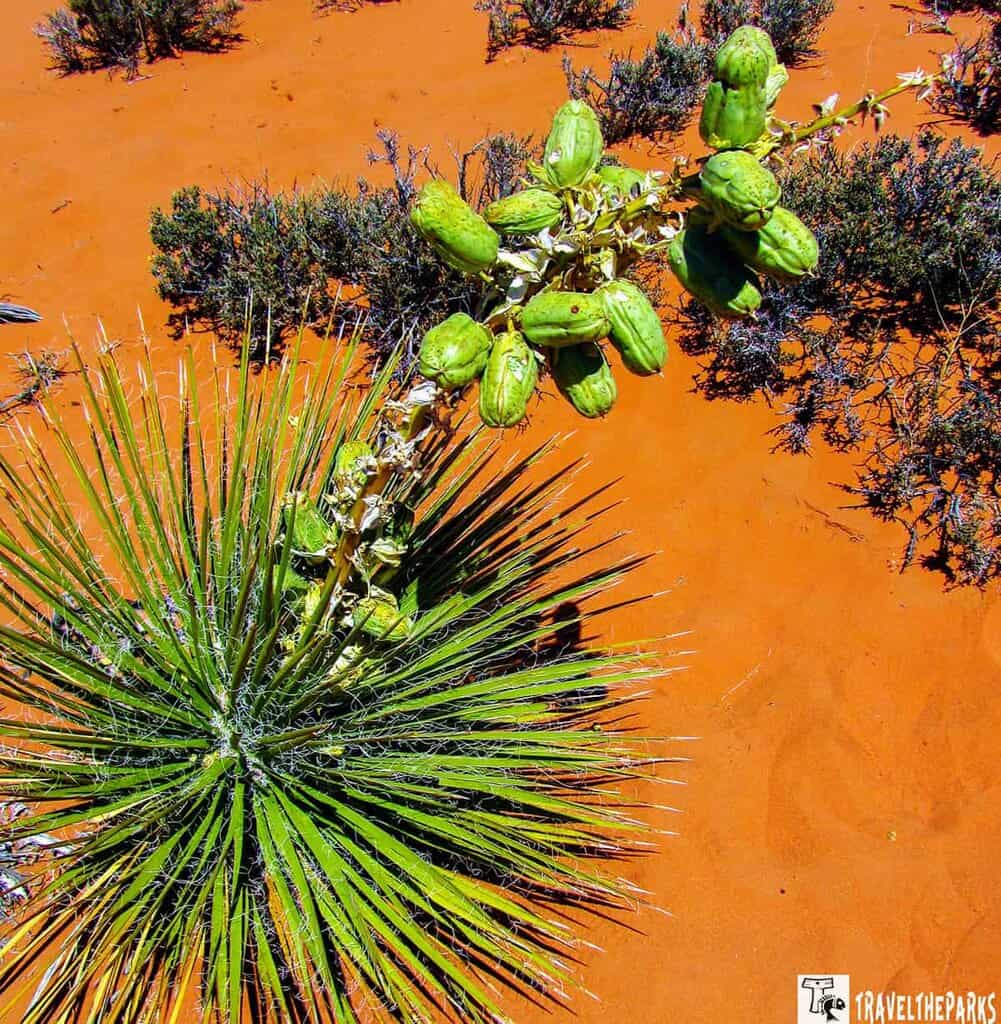
Exploring Nature’s Wonders: Fascinating Facts about Flora and Fauna
Interesting Facts: Great Basin Collared Lizard (Crotaphytus bicinctores) – grows to about 11 in. (28 cm) long, with enormous feet that allow them to run only upon their hind legs – they are voracious predators, feeding on insects, lizards, small rodents, and berries and leaves. They were very abundant on the hotel grounds. I always find the local wildlife to be fascinating.
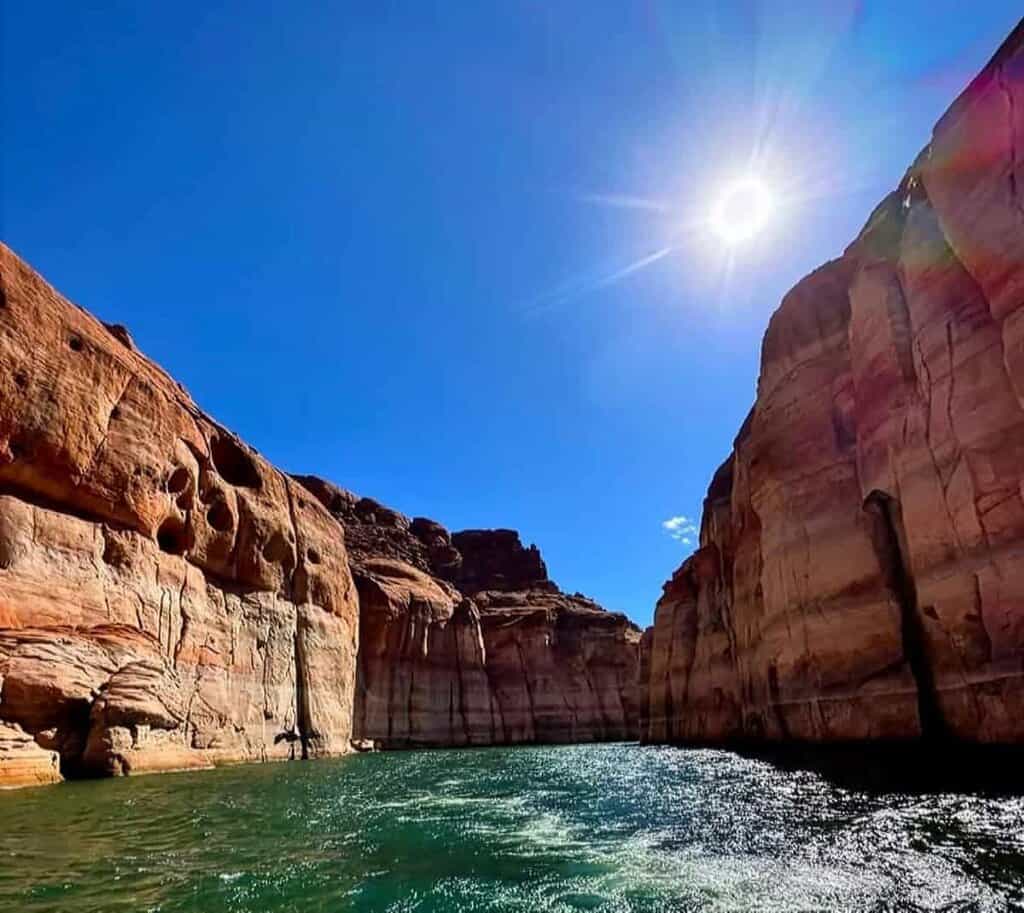
The Geology Behind Lake Powell’s Mesmerizing Landscape
For geology enthusiasts like us, Lake Powell is a playground of exploration. Each layer tells a chapter of Earth’s history, like a tapestry woven through time. On the Colorado Plateau, Navajo Sandstone dominates much of the geology. It forms the canyon walls at the dam site and throughout most of the reservoir basin. This sandstone is remarkably uniform across wide areas, so nearly identical samples can be found miles apart. The Navajo Sandstone is buff to reddish, medium to fine-grained, and ranges from moderately hard to soft. It is massive, with pronounced cross-bedding and often indistinct horizontal layers. Additionally, it is moderately porous and highly absorptive due to the small size of the inter-grain pore spaces, which creates high capillarity.
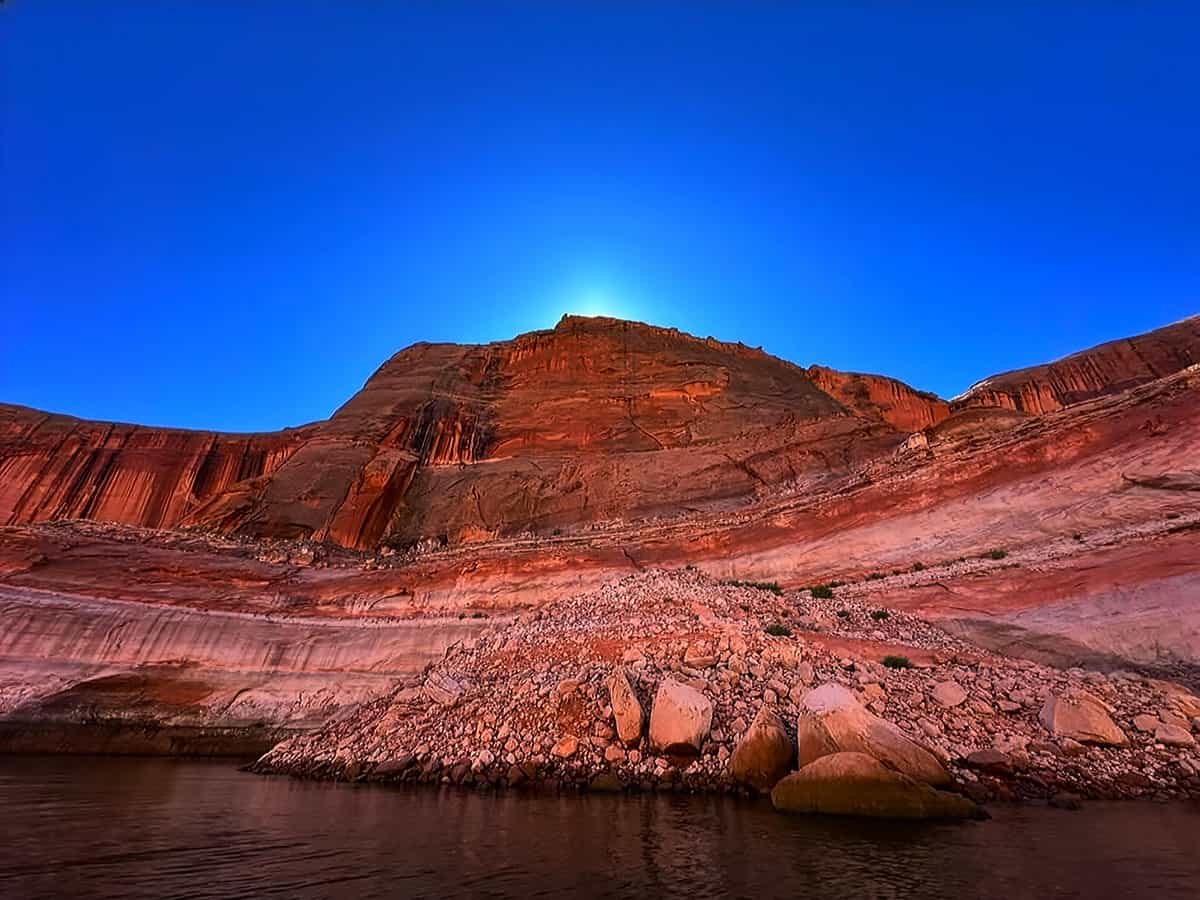
Final Thoughts: Beautiful Lake Powell Super Bass Fishing in Page, Arizona
The memories of those thrilling moments when fish danced on the end of your line remain with us as we bid farewell to the shimmering waters and breathtaking landscapes of Lake Powell. There’s nothing like Lake Powell’s super bass paradise for satisfying a yearning for nature, with its enduring allure. Know that if you yearn for the magic of the lake, it will be waiting.
There are stories to be told in every ripple, every shadow, and every gust of wind that reveal ancient deserts, powerful rivers, and the dynamic forces that have shaped this mesmerizing landscape. In addition to being a vacation spot, Lake Powell is also a living testament to our planet’s creative genius. Our next destination on our Grand Circle adventure is Monument Valley, with a stay at the View Hotel.
Have you had the opportunity to visit Lake Powell? What did you think? Share your experience in the comments below.

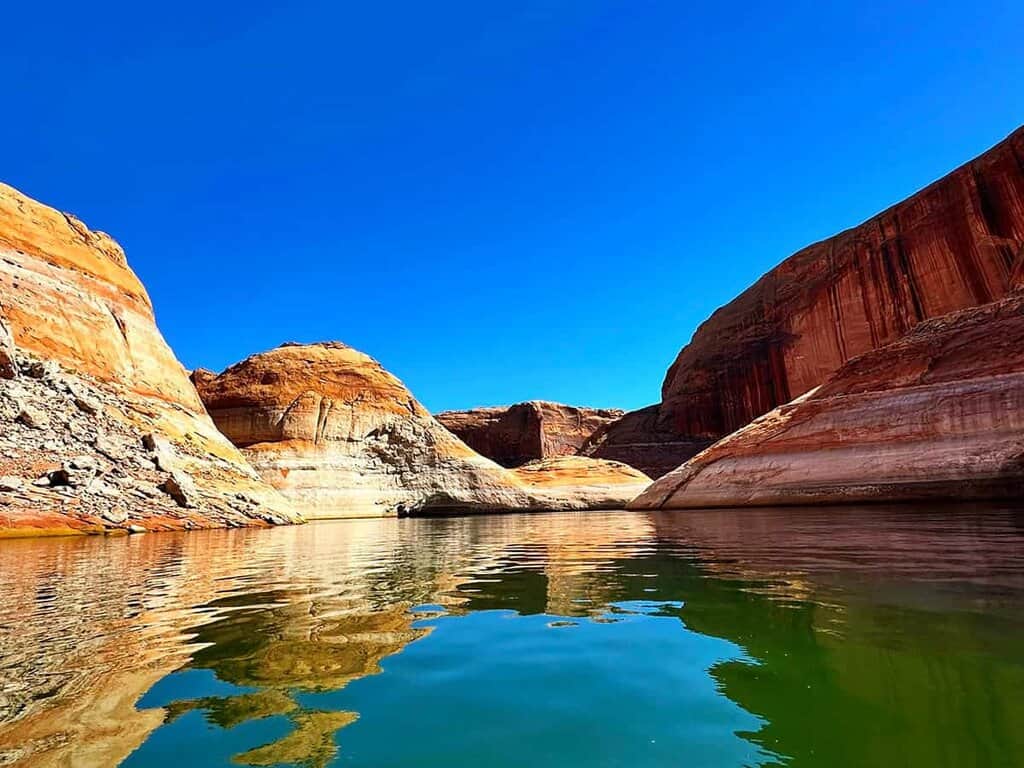
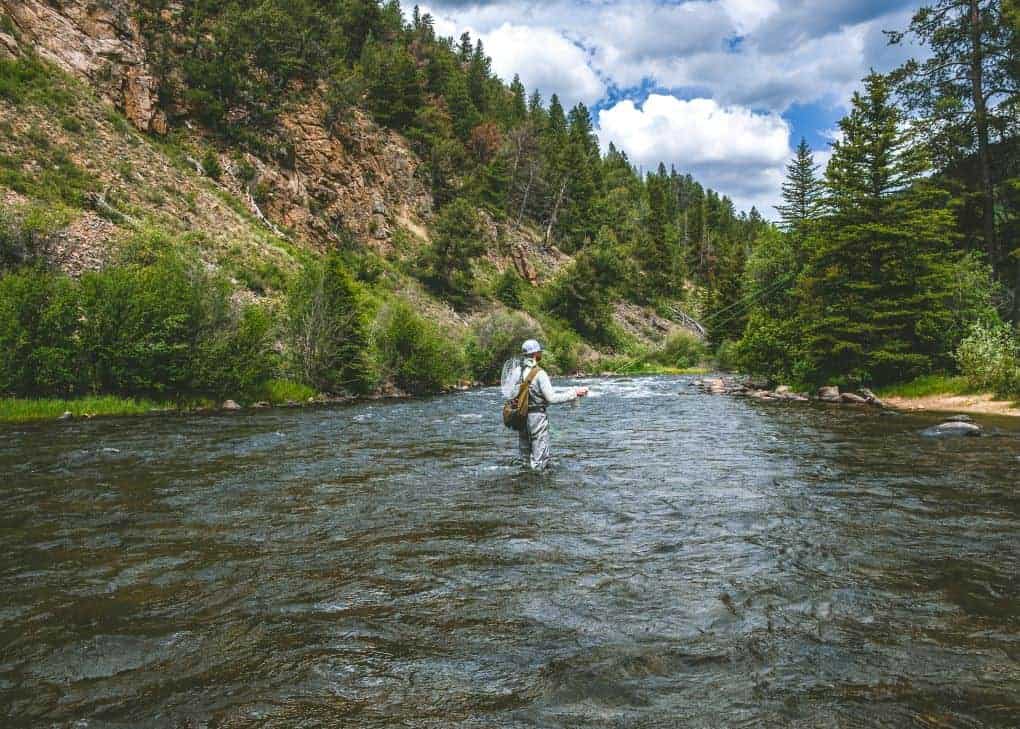
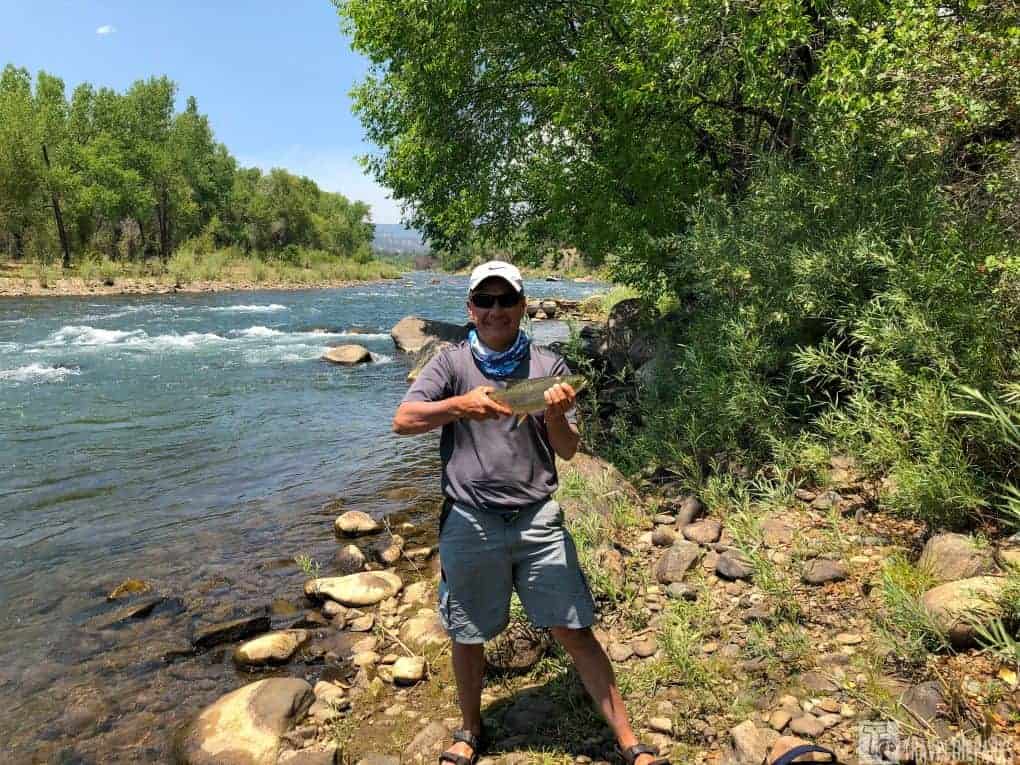
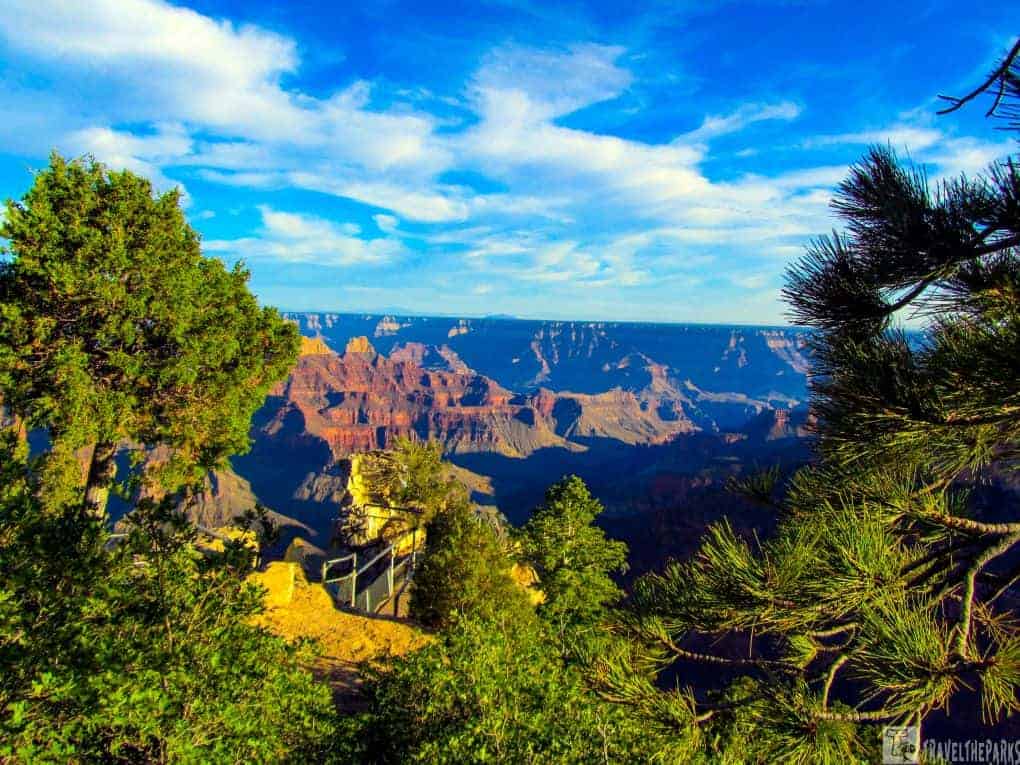
Susan
Awesome bucket list filled with lots of adventures. Great pics, details & facts. Enjoy your travels & be safe.
wnorton
Thank you!!